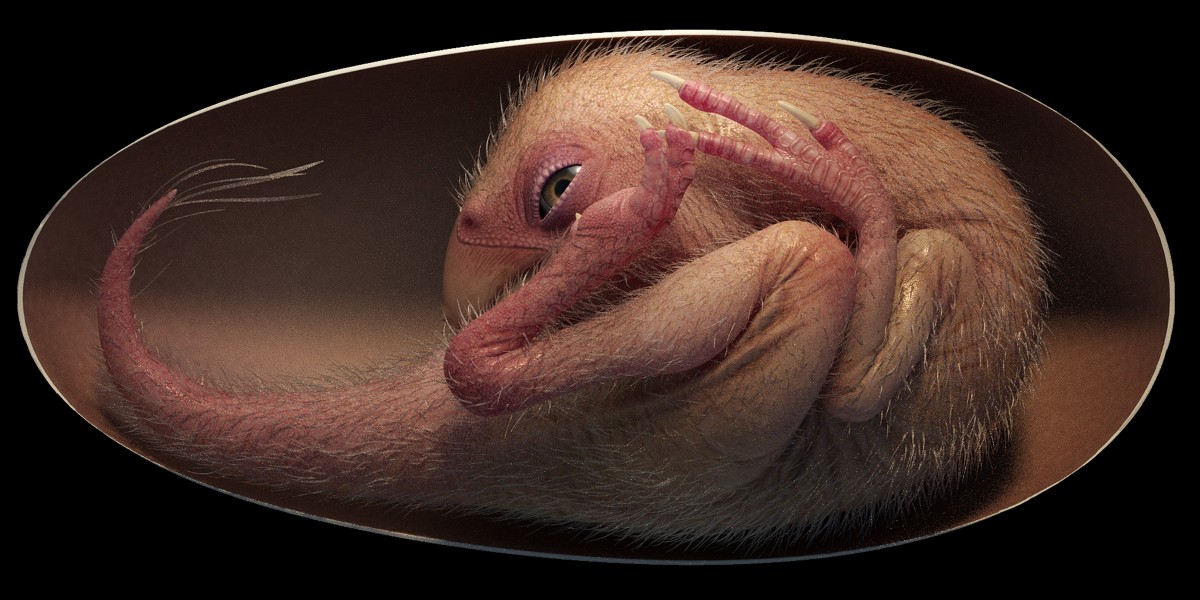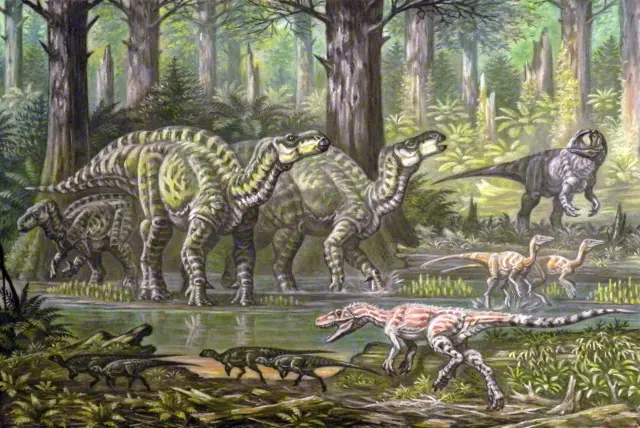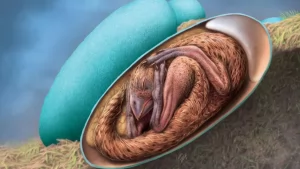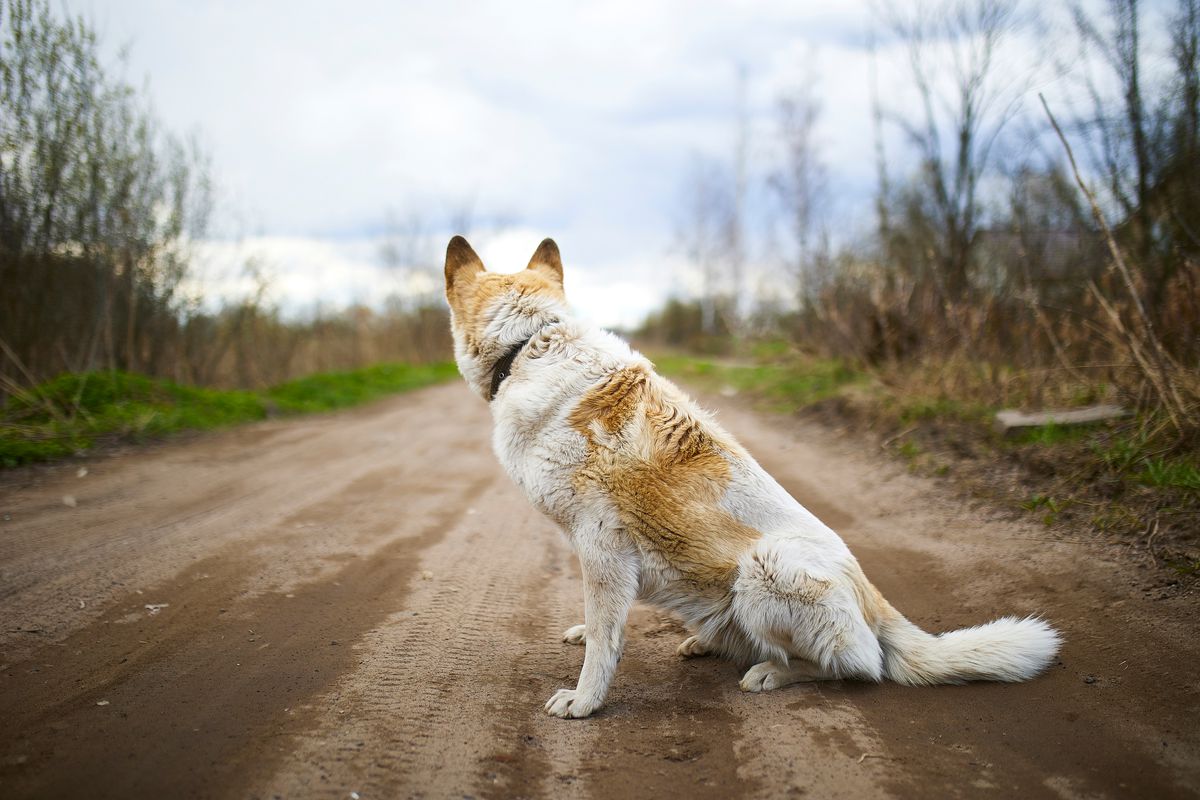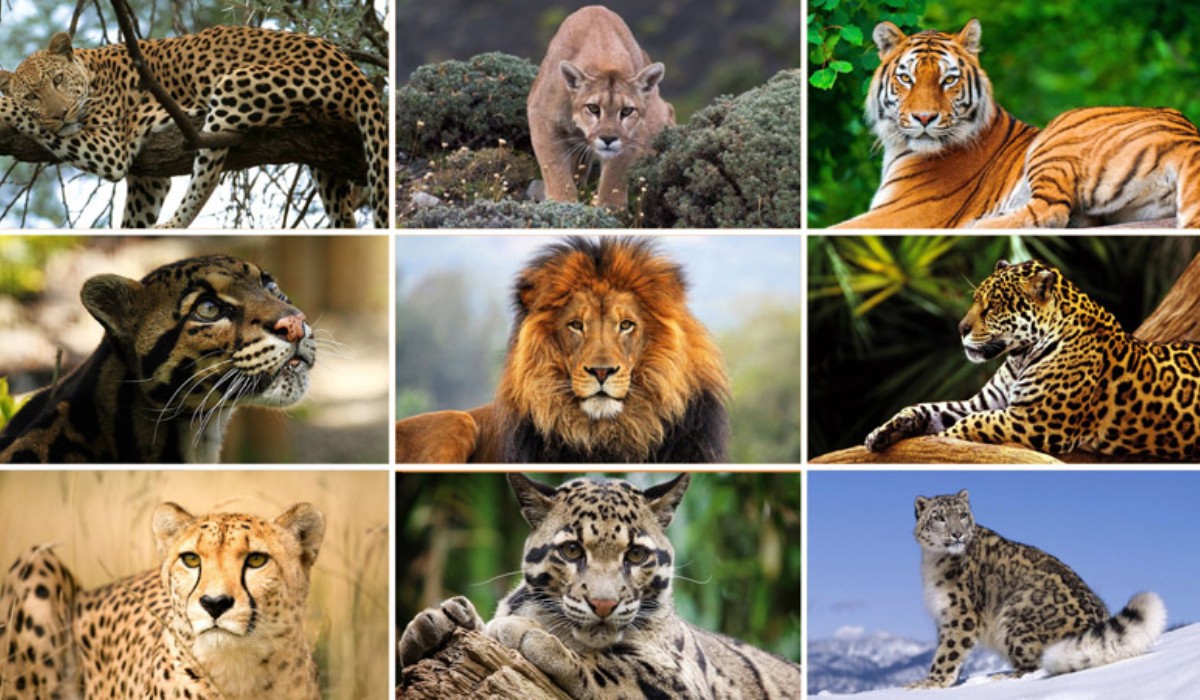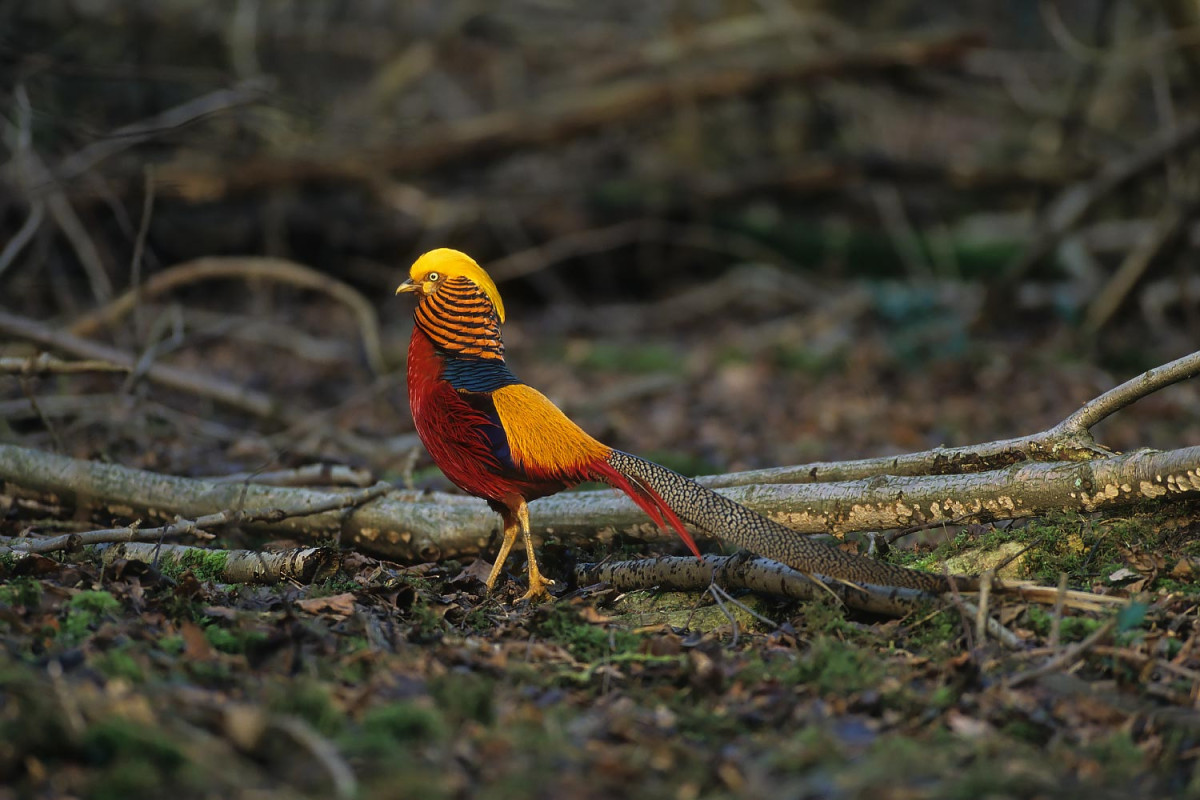Embryonic dinosaur fossils are extremely rare. It is the first time any have shown signs of a distinctive birdlike posture known as “tucking” — with the head under the right arm.
A 66-million-year-old fossil of a complete baby dinosaur in its egg, apparently just a few days before it would have hatched, shows the remarkable similarities between theropod dinosaurs and the birds they would evolve into, according to a study published Tuesday.
The fossilized bones of the embryo, named “Baby Yingliang” after the museum in southern China where it was discovered, can be seen curled up inside its 6-inch elongated eggshell and looking almost exactly like a modern bird at that stage, although it has tiny arms and claws rather than wings.
The head is particularly striking in its similarity to the head of a newly hatched bird — a resemblance heightened by a beak that was a feature of the dinosaur species, called oviraptorosaur.
Oviraptorosaurs
Oviraptorosaurs, a type of theropod dinosaur with hollow bones and three-toed limbs, were very close to the dinosaur ancestry that evolved into modern birds. As well as beaks, they had feathers on their arms. They couldn’t fly, but there is evidence that they spread the feathers out above their nests to keep the eggs beneath them warm.
Embryonic dinosaur fossils are extremely rare — paleontologists have found them at only about half a dozen sites. And this is the first time any have shown signs of a distinctive posture known as “tucking” — with the head under the right arm — although some other dinosaur embryos have shown distinct “egg teeth” that they may have used to break out of their shells, Nudds said.
Ma said that until now the tucking posture had been seen only in birds.
“Some are very fragmentary, so it is difficult to see their posture clearly.”
Baby birds adopt the posture, with their heads “tucked” under their right wings, in the egg just a few days before they hatch; embryos that fail to get it right are seldom able to hatch properly.

What Researcher’s suggest about dinosaurs egg:
Ma said tucking seems to help baby birds make their first cracks in the eggshells by restricting the movement of their heads.
“It’s easier to stabilize the beak and to direct it to the same place when they try to break the eggshell,” she said.
The researchers suggest that the tucking posture evolved because oviraptorosaurs had hard shells, like those of birds, instead of soft shells, like those of turtles — an early form of shell that was still common about 70 million years ago among dinosaurs like the sheep-size protoceratops.
Scientists think hard eggshells gave better protection from the environment than soft shells, so oviraptorosaurs and related dinosaur species may have evolved the tucking posture to break through their harder eggshells, Ma said.







